Realme’s Technological Communication Event in 2024
On Monday, March 25, 2024, the Realme brand hosted an online technical communication event. The event focused on discussing new technologies without any new product launches. However, these latest technologies provided insights into upcoming releases. Below, ChargerNet recaps the key points discussed during this technical communication event.
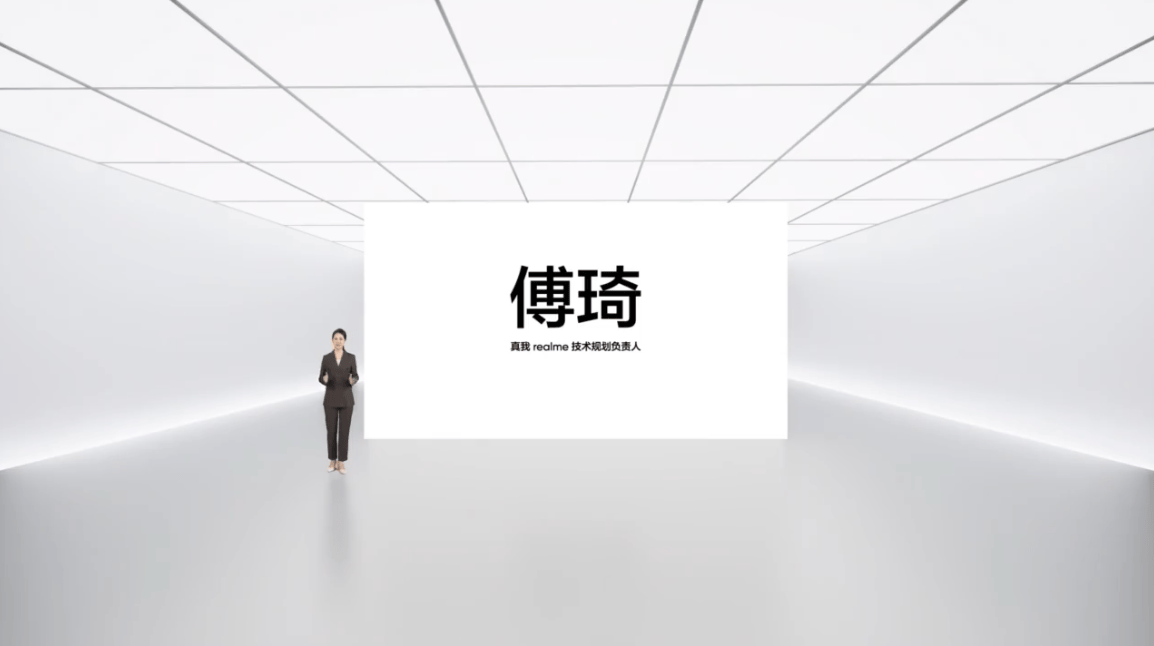
The event started with an introduction by Fu Qi, Realme’s Head of Technology Planning.

Screen quality has been a hot topic in the smartphone industry over the past six months, covering aspects such as brightness, circuit technology, and eye protection—areas of interest for users.
Screen Display: One of Realme’s Four Core Technological Tracks
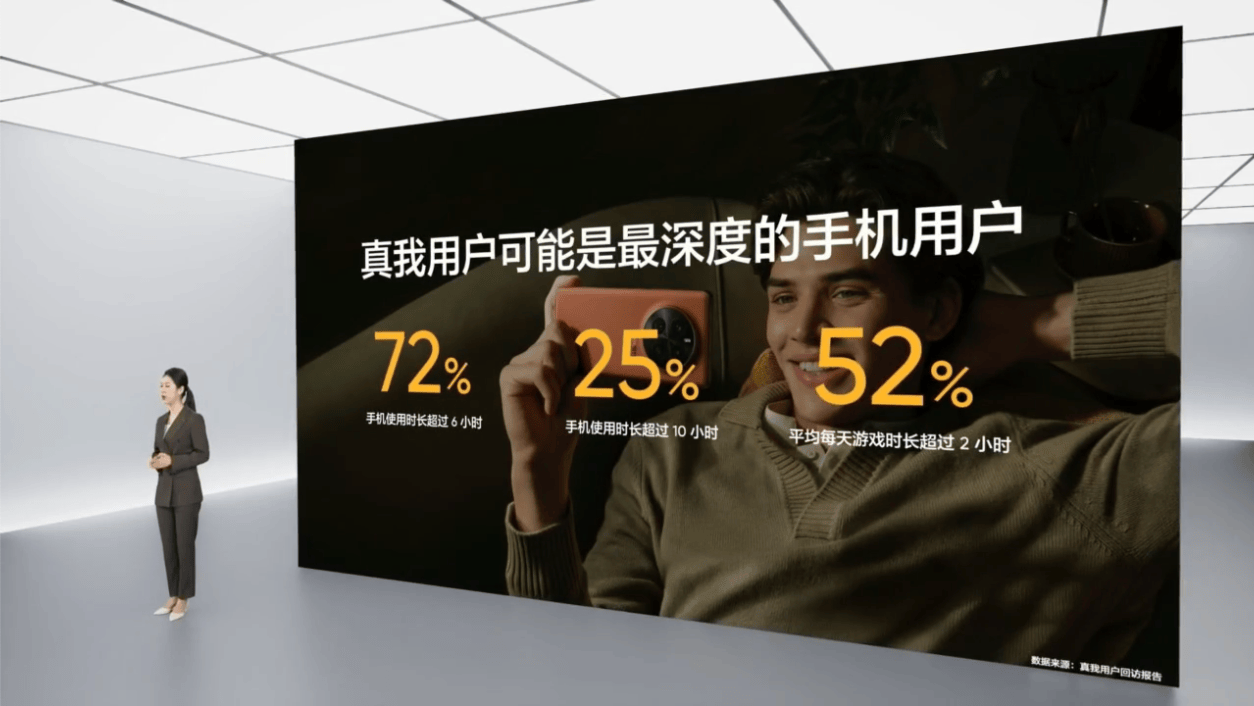
Realme presented user feedback data, revealing that 72% of Realme users spend over 6 hours on their phones daily, with 25% being seasoned users spending over 10 hours. Moreover, 52% of users engage in heavy gaming sessions of over 2 hours daily.
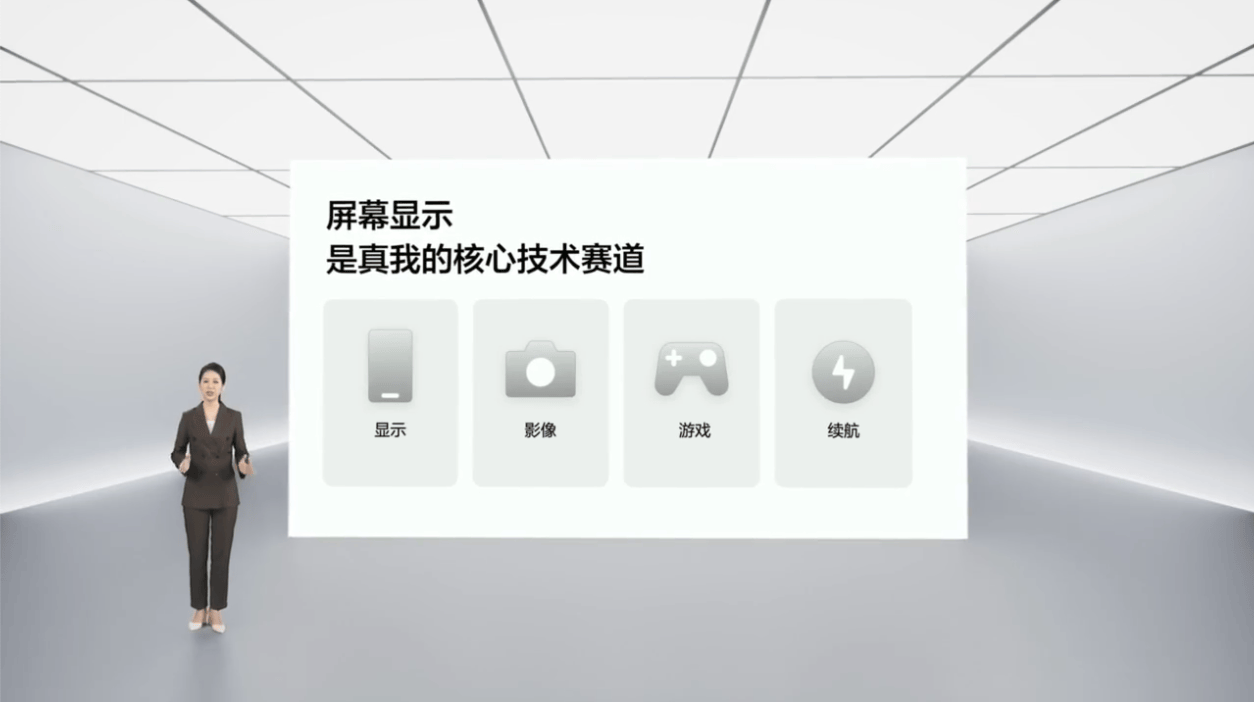
As a brand popular among young people, Realme has consistently focused on screen display as one of the four core aspects of its products. In December last year, Realme partnered with BOE to introduce a dual-screen with a brightness of up to 4500 nits on the Realme GT5 Pro, setting a new standard for flagship displays.
New Generation with 6000 nits Peak Brightness: Challenging Screen Quality Limits
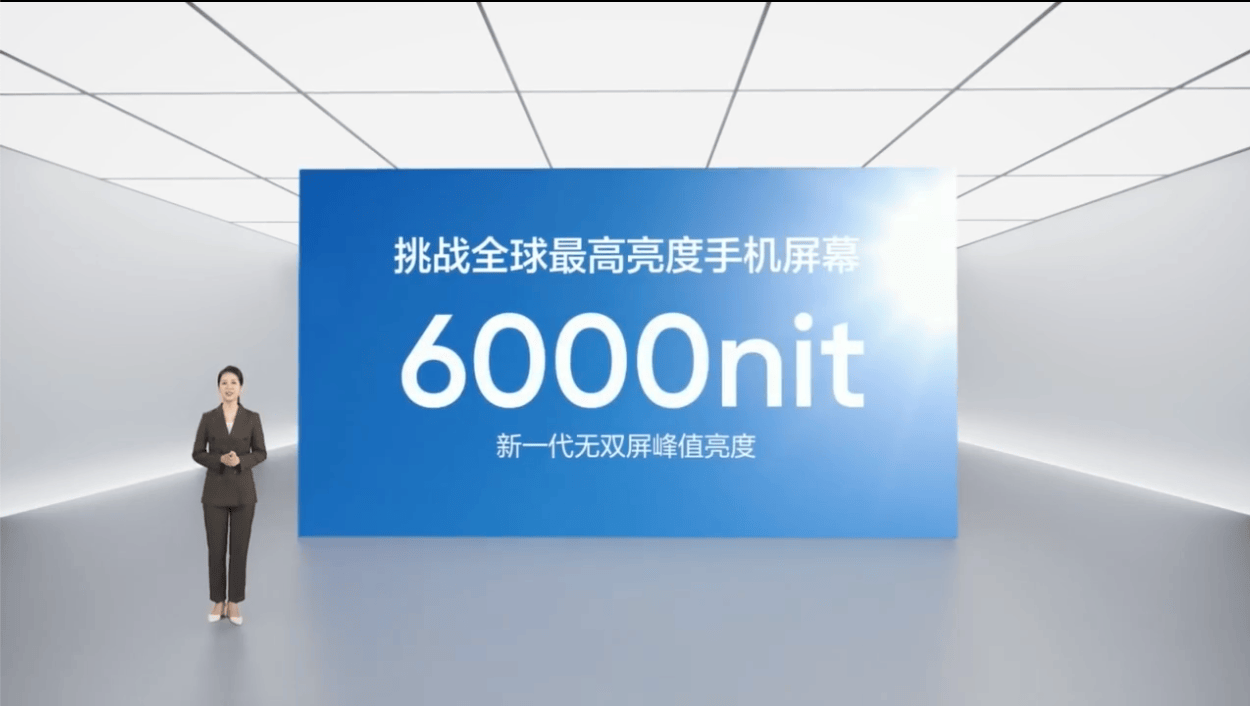
The new dual-screen, co-developed by Realme and BOE, once again pushes industry boundaries. With a peak brightness of 6000 nits, the new dual-screen brings smartphone display brightness into the “6K era.” Brightness capability represents the upper limit of screen quality, enhancing visibility outdoors while posing new challenges for screen lifespan and power consumption.
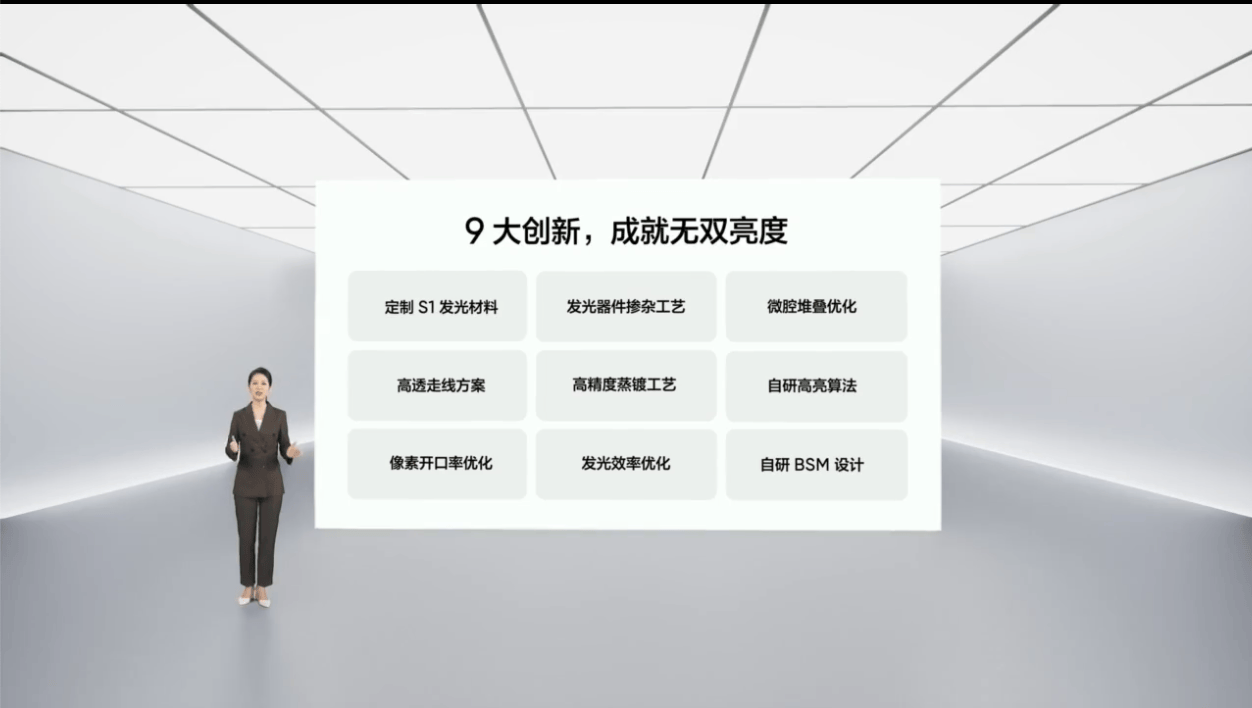
The new dual-screen features 9 major technological innovations, introducing new emissive materials, significant optimizations in emitter components and pixel structures, and the integration of several new technologies in circuit design to further enhance efficiency.
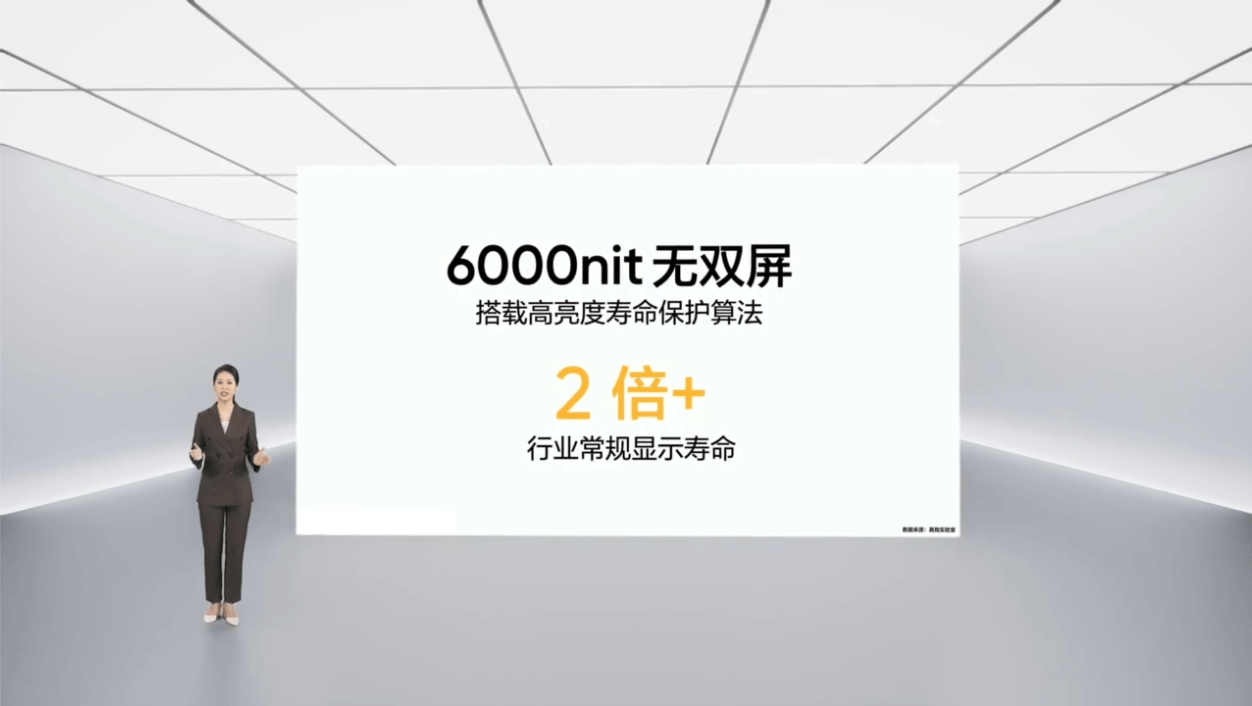
This 6000-nit dual-screen uses the latest emissive materials and incorporates a high-brightness lifespan protection algorithm, doubling the display lifespan compared to industry standards.
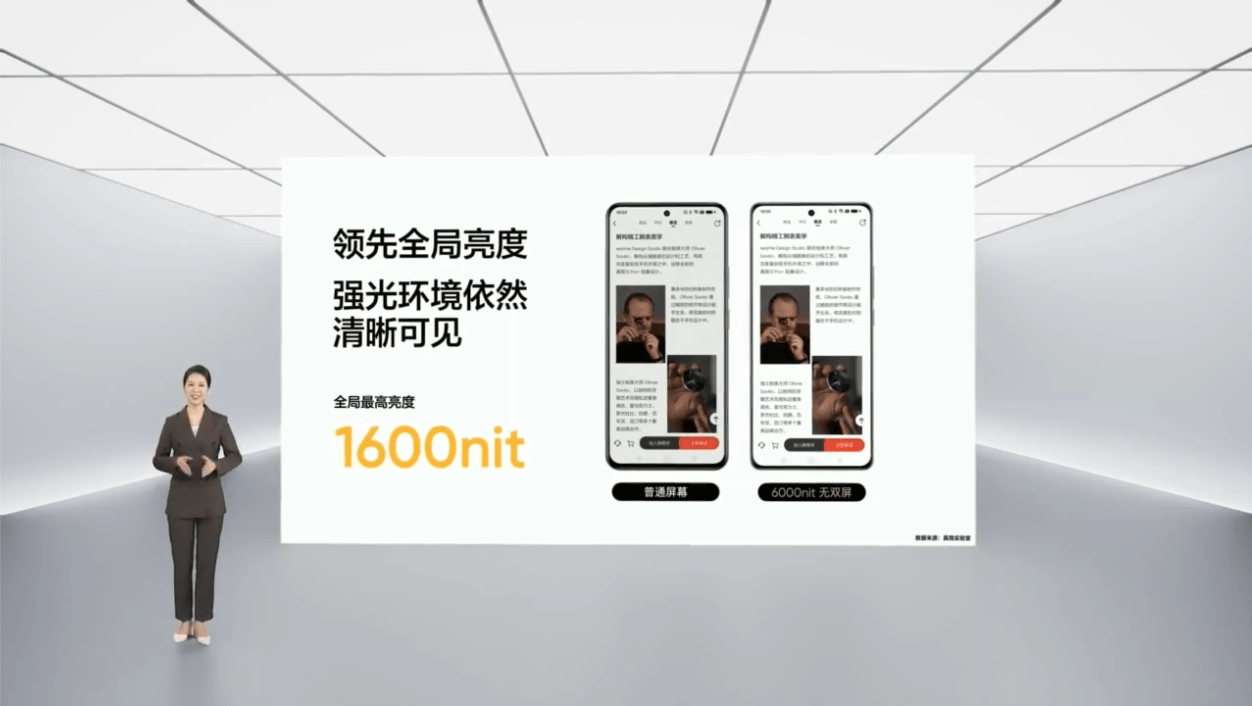
With its extremely high peak brightness, the dual-screen achieves a maximum global brightness of 1600 nits, offering better screen visibility in bright environments. Additionally, its manually adjustable peak brightness of 1000 nits leads the industry, enabling correct display of HDR content.

In terms of gaming experience, Realme introduces support for Super HDR gaming, ensuring full compatibility of game visuals with HDR standards for improved dynamic effects.
New Generation T8 LTPO Material: Enhanced Performance, Lower Power Consumption

In terms of visual effects, LTPO has become a hallmark of flagship screens. Compared to the previous LTPS technology, LTPO offers lower power consumption, supports variable refresh rates for smoother performance, and provides advantages in terms of fluidity and touch operation.
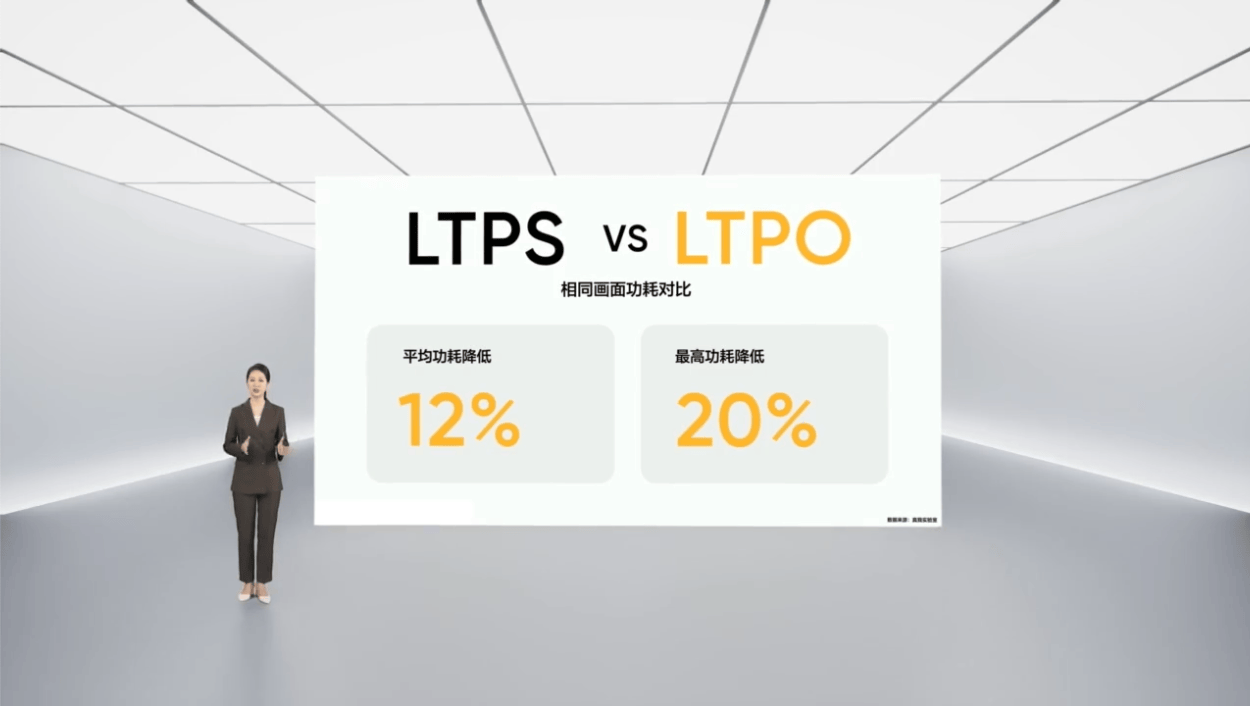
When it comes to smartphones, a major consumer of energy, in terms of screen power consumption, LTPO can reduce average power consumption by 12% compared to LTPS under the same screen content, with a maximum power reduction of 20%. LTPO represents a new generation screen display technology that is expected to gradually replace LTPS screens.

Moreover, the latest version of LTPO technology, currently known as 8T LTPO, is being used in flagship models in the industry. Apart from Realme GT5 Pro, all other models with this screen are priced close to or above 4000 yuan, making it a consistent choice for high-end devices.

According to Realme’s description, the 8T version, compared to the previous 7T, has added a TFT circuit that allows multiple compensations for each pixel display in one cycle. This enhancement in 8T LTPO screens results in lower flicker, smoother refresh rate transitions, lower overall power consumption, and shorter persistence.
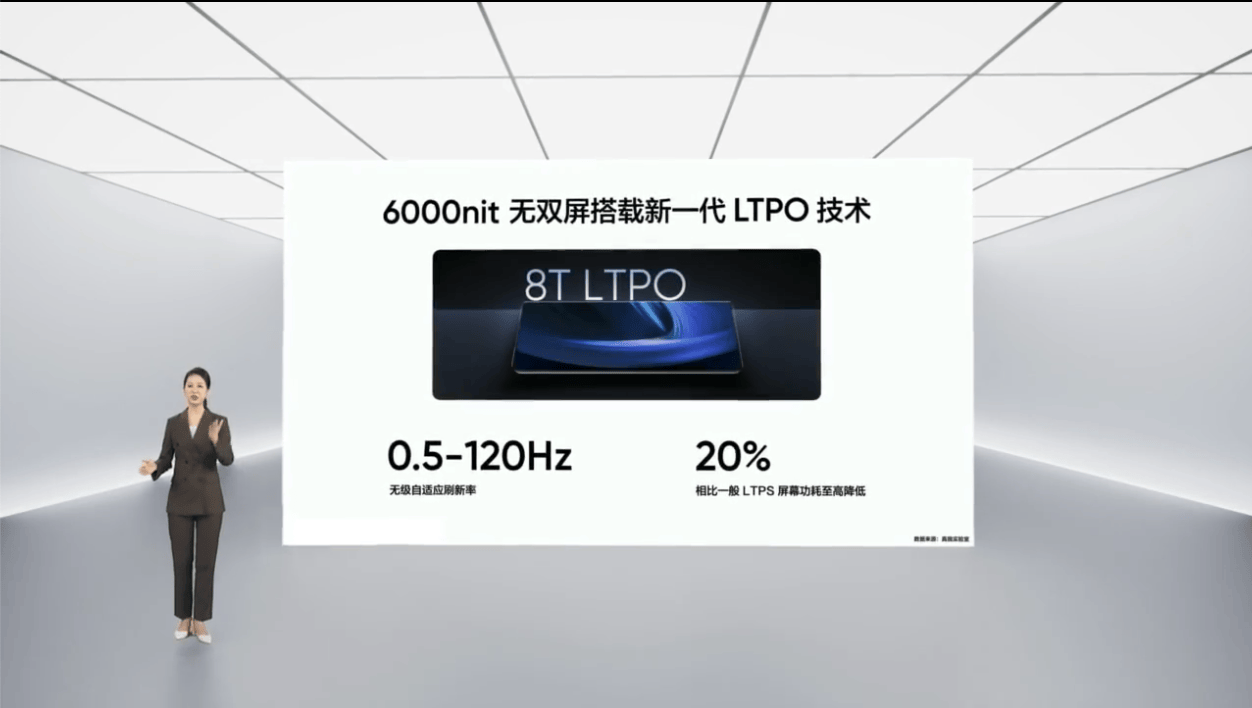
As a new generation high-end flagship screen, Realme has prepared products equipped with this screen, which will support 0.5-120Hz infinite adaptive refresh rates, with a maximum power reduction of 20% compared to the previous LTPS.
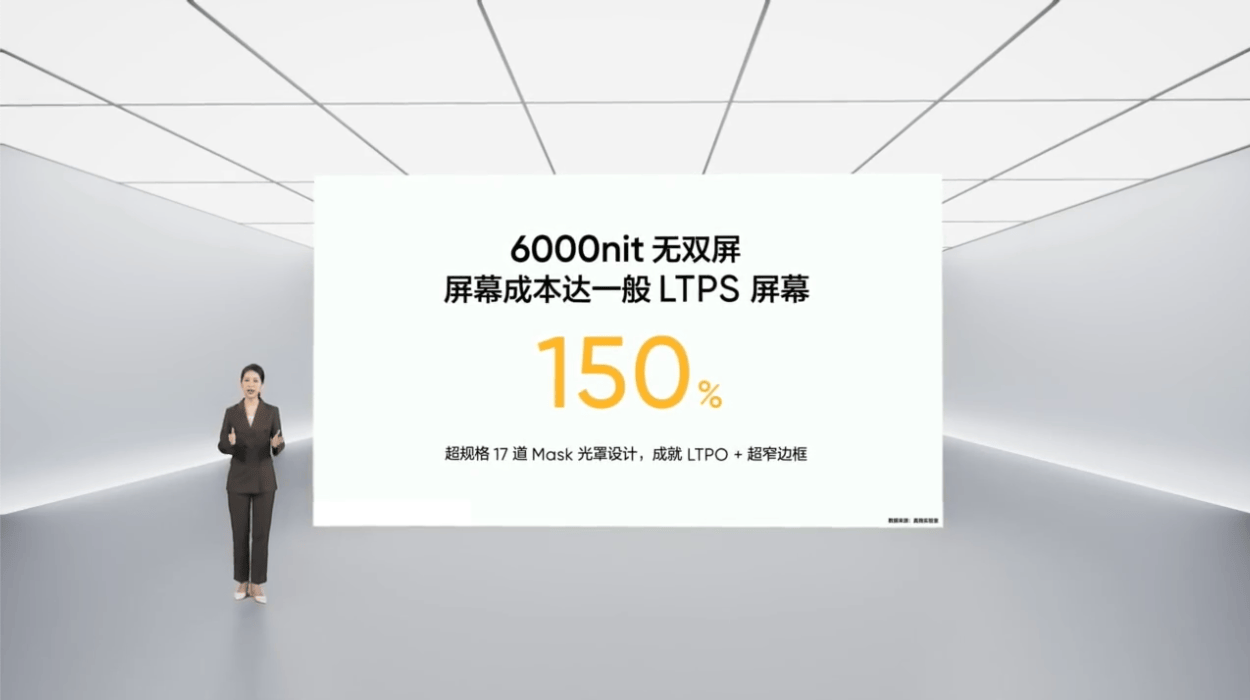
With enhanced performance and user experience, naturally, there comes a higher cost. The new Realme 6000-nit dual-screen, with a screen cost 1.5 times higher than a typical LTPS screen, offers not only improved display quality but also features such as LTPO, ultra-narrow bezels, and a top-notch 17-step mask design.
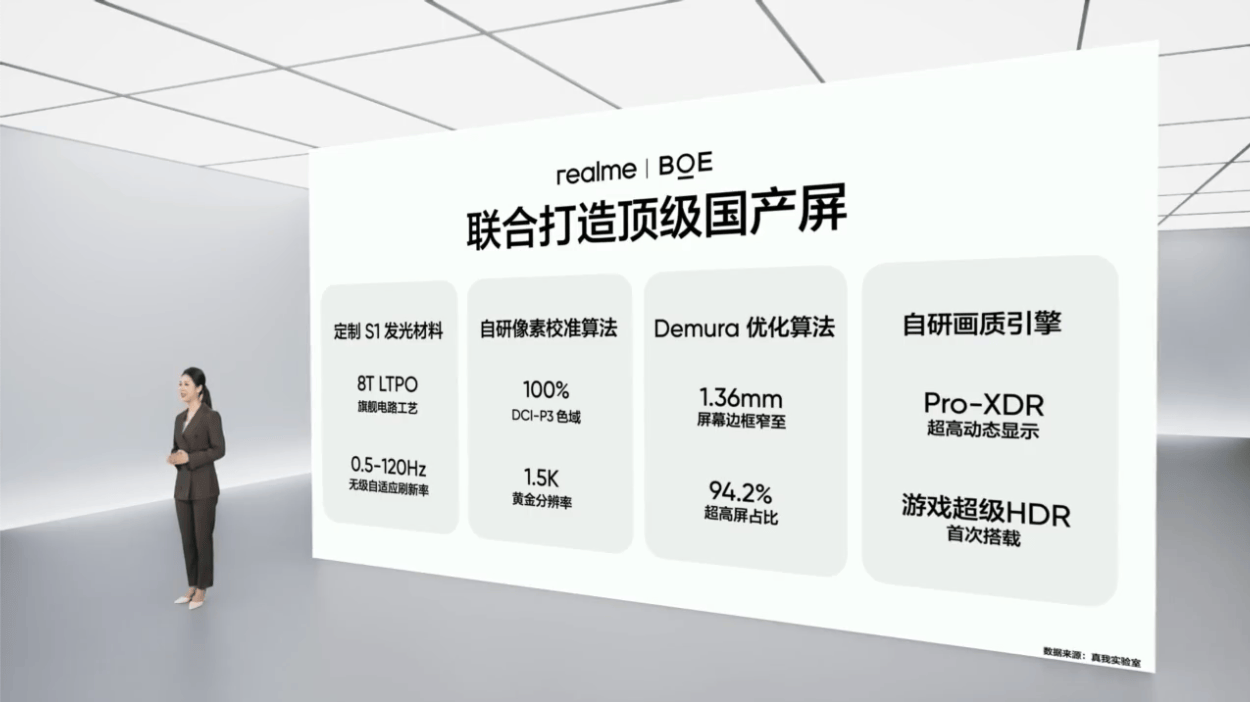
In recent years, there has been a remarkable improvement in domestic display technologies. Realme and BOE have introduced a comprehensive benchmark display effect in the new dual-screen generation.
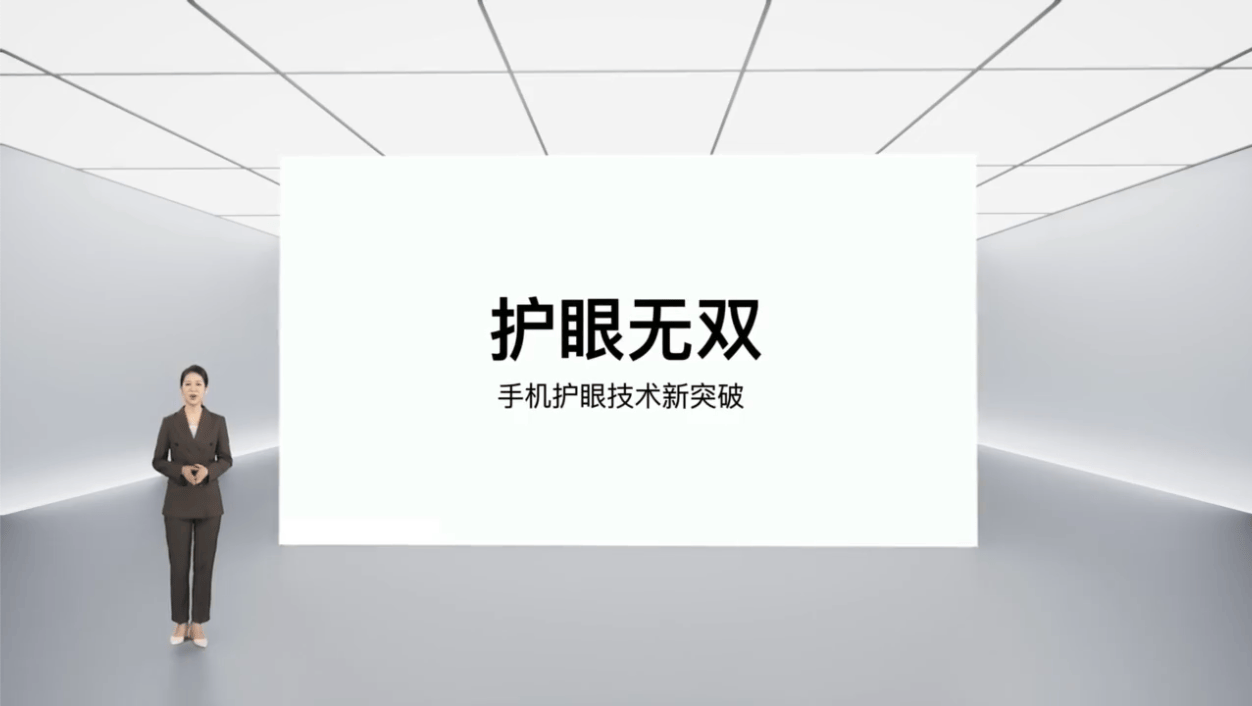
The new dual-screen generation not only leverages the advantages of 8T LTPO but also overcomes the challenge of flicker protection for the eyes.
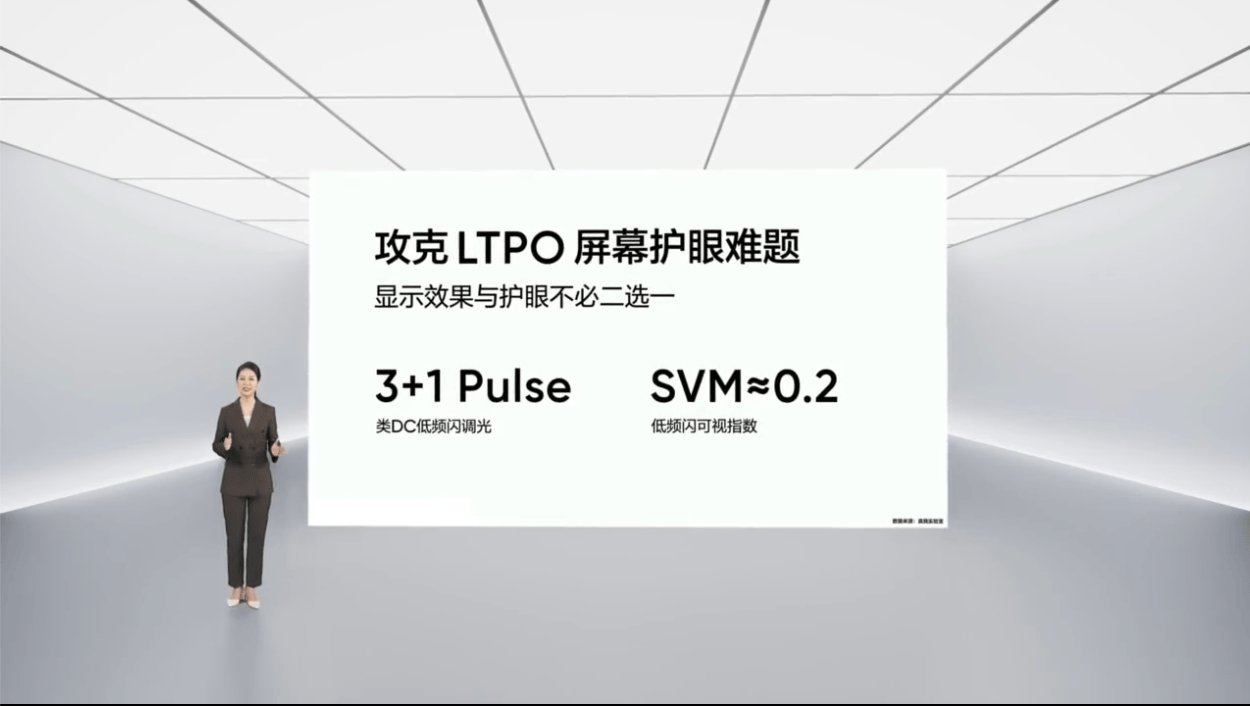
Featuring the new 3+1 Pulse DC low-frequency flicker adjustment and an extremely low flicker visibility index, the new dual-screen generation also includes a high-frequency PWM dimming at 2160Hz, hardware-level blue light reduction, a sleep-friendly mode, paper-like eye protection, and a 20000-level dimming adjustment, adapting display based on environmental color temperature.
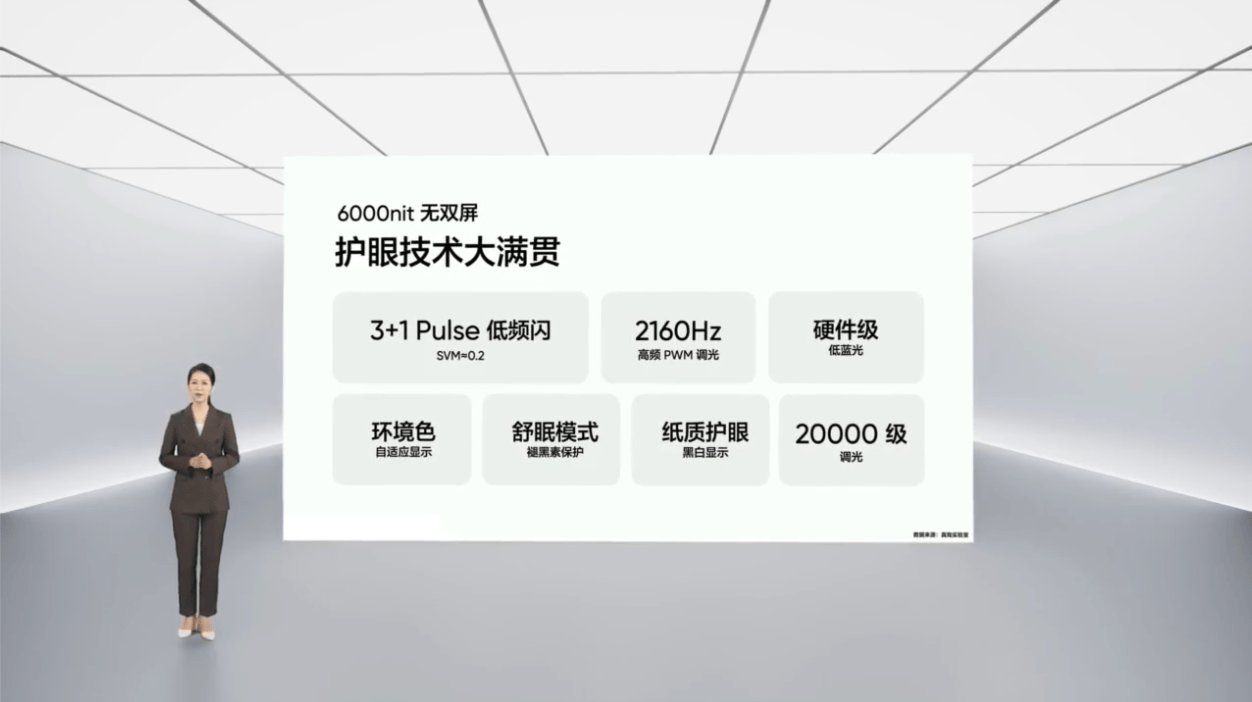
Starting from this 6000-nit dual-screen generation, Realme smartphones will officially bid farewell to passive eye protection modes and enter the era of active eye protection. By introducing the Green Wild AI Eye Protection solution for the first time, Realme will actively intervene and adjust eye protection based on users’ usage status, a unique innovation in the industry.
Green Wild AI Eye Protection: From Passive to Active Eye Protection

Additionally, Realme has introduced the industry’s first active fatigue detection feature, similar to fatigue driving prevention in the automotive industry. By analyzing users through front cameras, sensors, and other information with AI algorithms, the display’s eye protection can be adjusted accordingly to tackle eye fatigue proactively.
Introduction

The feature is not just a simple adjustment of screen parameters; it adjusts the screen’s eye protection strategy based on accumulated fatigue levels, tailored by the host. In terms of privacy, Realme states that this feature processes data locally and does not store any information in the cloud.

By enabling the Green AI Eye Protection feature, the phone screen will automatically adjust dynamically based on the user’s usage status. This includes adaptive ambient color temperature, comfort mode, eye protection color temperature, and other functions, creating a more precise and intelligent eye protection solution for Realme users.

Moreover, this feature is designed to adapt to all scenarios; not only the system interface but also multimedia applications like short video streaming, social media platforms, e-books, etc., are included in the eye protection adaptation.
In gaming scenarios, Realme has introduced AI Game Eye Protection tailored for hardcore gamers. Apart from the conventional active monitoring feature, it incorporates a dual judgment standard that combines continuous gaming duration with active fatigue detection for more precise and scientific judgment criteria.
Under customized eye protection strategies, the gaming scene prioritizes the player’s experience, emphasizing game visuals over eye protection, a deviation from the usual eye protection priority in non-gaming scenarios. Realme’s tech team plans to optimize the stimulating display elements in gaming visuals by adjusting factors like screen saturation, flickering, brightness changes, and transitions.
Compared to traditional eye protection modes, Realme’s Green AI Eye Protection is not manually activated by users but rather dynamically adjusts strategies, requires no manual toggling of switches, and offers broader adaptation and scene coverage, with a focus on precision and intelligence.
Unrivaled Control: More Accurate, More Responsive Touch Experience
To further enhance the user experience, the 6000nits dual-screen in this release will upgrade to the Realme GT 2500Hz Touch Engine, providing instantaneous touch response for an even more responsive and premium operational experience that satisfies the most demanding operational requirements.
The new “Instant Touch” function can automatically identify the gaming operation area. By scanning and recognizing the key area each time the game is started, it enhances the calibration compensation for the gaming hot zone. Through precise zoning adjustments, different optimization strategies are implemented.
According to Realme’s test data, after enabling this feature, the fingertip disconnection rate of the directional wheel decreased by 40%, rapid click stability increased by 15%, and overall responsiveness improved by 5%. For vast numbers of gamers, this means a faster, more stable, and more responsive control experience.
The new AI Protective Film Touch can more accurately identify the material of the screen protective film, providing different matching strategies for tempered glass or standard soft films. The touch sensitivity can be increased by up to 26%, and the edge touch response rate can be improved by 12%.
Summary of Charger Headlines
Summarizing the key highlights of this tech briefing, the new generation 6000nits dual-screen not only boasts a peak brightness of 6000nits, but also excels in overall brightness and manual adjustments.
The new generation dual-screen is a joint collaboration between Realme and BOE, offering enhanced display performance, improved eye protection, smarter software-hardware integration, redefining the flagship screen experience in the era of Screen 3.0. Additionally, the Realme GT series will be equipped with dual screens universally, with the 6000nits dual-screen making its debut on the Realme GT Neo6 SE in April.
These are the insights shared in this Realme tech briefing; more experiences and details will be revealed at the upcoming conference next month.